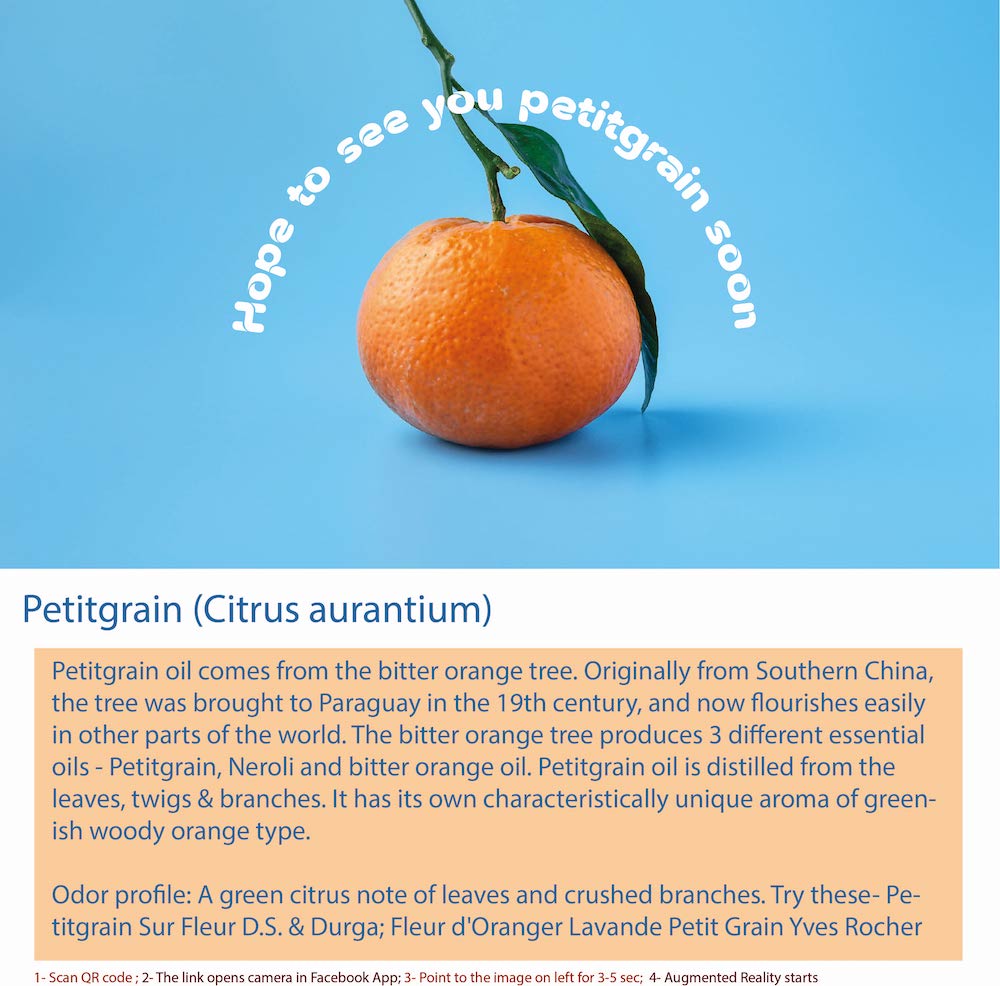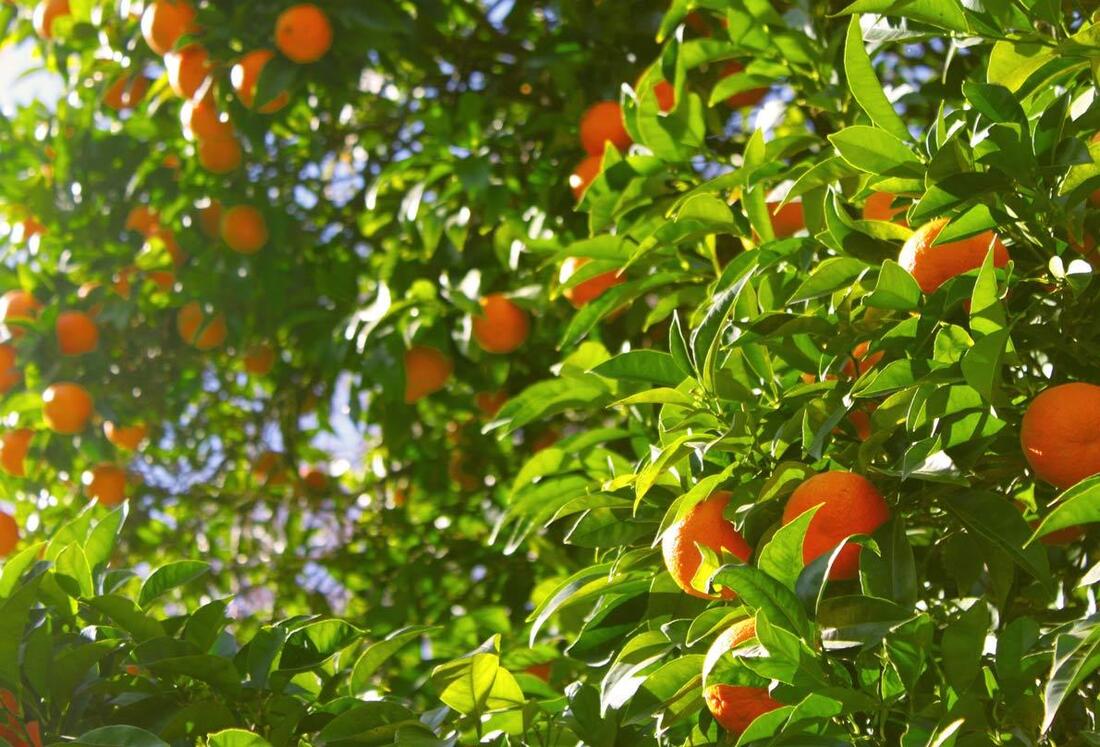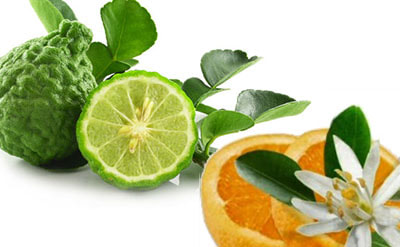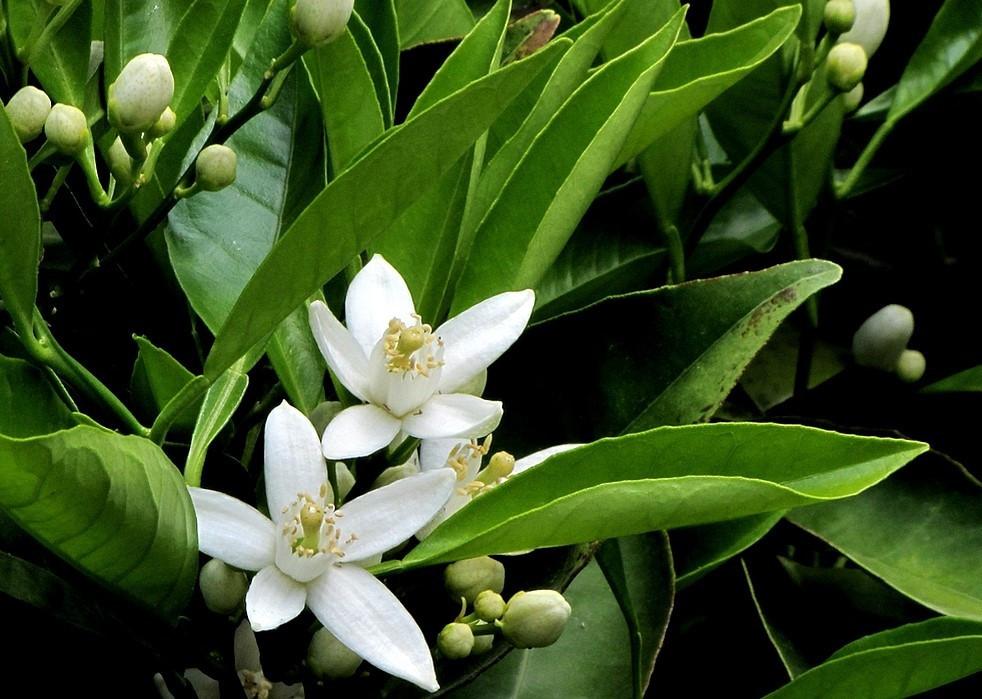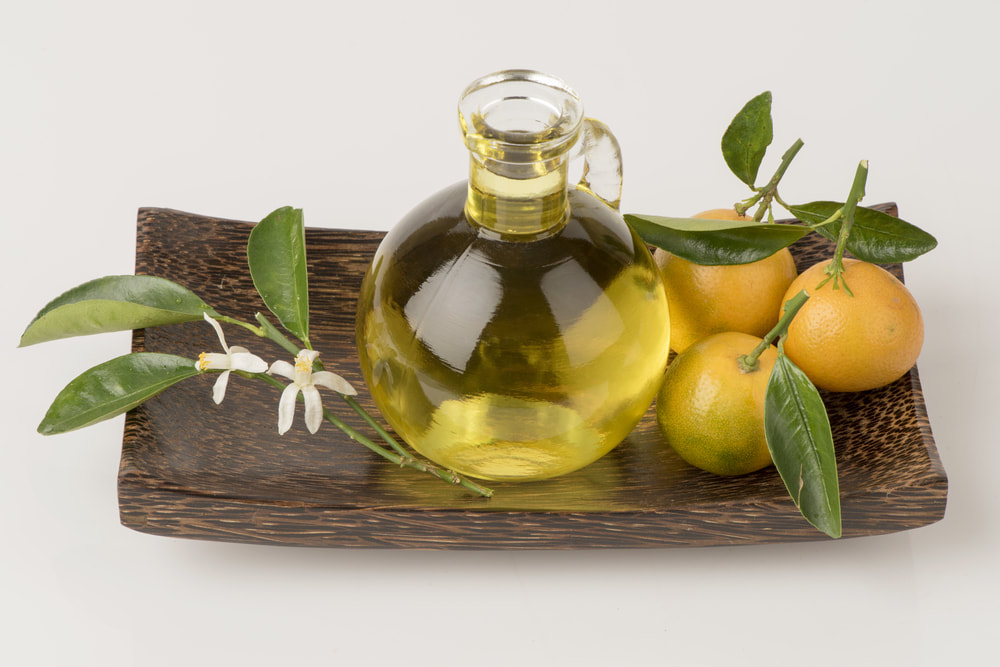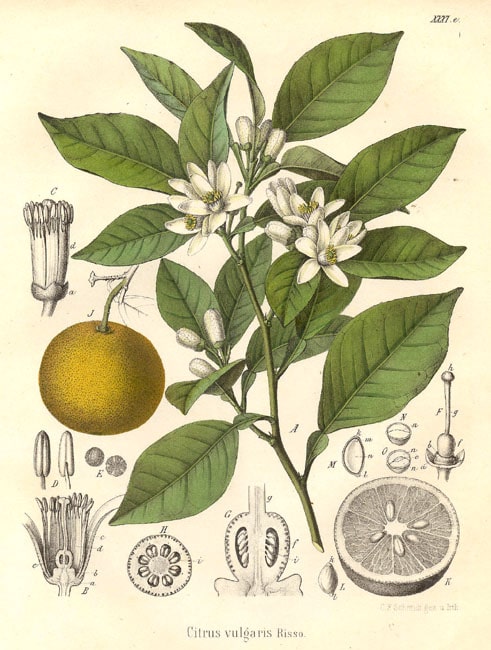Experience the Freshness of Petitgrain Citrus Perfume
Petitgrain: The Citrus Elegance of Perfumes, Therapeutic Oils, and Culinary Delights
Introduction: Petitgrain, with its elegant and citrusy allure, is a versatile essential oil cherished in the world of perfumes, aromatherapy, and culinary creations. Derived from the leaves and twigs of various citrus trees, particularly the bitter orange tree (Citrus aurantium), petitgrain belongs to the Rutaceae family and is celebrated for its refreshing and uplifting scent. From inspiring perfumers with its delightful fragrance to offering potential benefits in therapeutic oils and culinary delights, petitgrain is more than just a citrusy essence. This essay delves into the captivating world of petitgrain, encompassing its presence in perfumes, therapeutic oils, food, medicinal systems, historical significance, and intriguing fun facts about this extraordinary and cherished essential oil.
The Enchantment of Petitgrain: Petitgrain essential oil is derived from the leaves and twigs of citrus trees, offering a fresh and invigorating fragrance. It is often described as having a green and woody scent with subtle citrus notes, making it a popular choice in perfumery for creating refreshing and uplifting fragrances.
Perfumes and Fragrance: Petitgrain is a beloved ingredient in perfumes and fragrances due to its versatile and elegant scent. It blends well with various other essential oils, such as bergamot, lavender, and neroli, adding a touch of citrusy brightness and sophistication to fragrance compositions. Petitgrain-inspired perfumes are often favored for their fresh and clean appeal.
Therapeutic Oils and Aromatherapy: Petitgrain essential oil is highly valued in aromatherapy for its potential calming and relaxing effects. It is believed to promote emotional balance, reduce stress and anxiety, and uplift the mood. The aroma of petitgrain is said to evoke feelings of tranquility and well-being.
Medicinal Applications: In traditional medicine systems, petitgrain is sometimes used for its potential benefits in promoting relaxation and alleviating stress-related symptoms. However, it is essential to consult with a qualified aromatherapist or healthcare professional before using petitgrain for medicinal purposes.
Culinary Delights: Petitgrain is not commonly used as a culinary ingredient. However, in some cultures, the leaves of certain citrus trees, including bitter orange, are used as a flavoring agent in certain dishes and teas.
Historical Significance: The use of petitgrain in perfumery and aromatherapy has a long history dating back to ancient civilizations. It has been treasured for its refreshing and soothing properties, making it a popular ingredient in traditional remedies and natural fragrances.
Fun and Crazy Facts:
Introduction: Petitgrain, with its elegant and citrusy allure, is a versatile essential oil cherished in the world of perfumes, aromatherapy, and culinary creations. Derived from the leaves and twigs of various citrus trees, particularly the bitter orange tree (Citrus aurantium), petitgrain belongs to the Rutaceae family and is celebrated for its refreshing and uplifting scent. From inspiring perfumers with its delightful fragrance to offering potential benefits in therapeutic oils and culinary delights, petitgrain is more than just a citrusy essence. This essay delves into the captivating world of petitgrain, encompassing its presence in perfumes, therapeutic oils, food, medicinal systems, historical significance, and intriguing fun facts about this extraordinary and cherished essential oil.
The Enchantment of Petitgrain: Petitgrain essential oil is derived from the leaves and twigs of citrus trees, offering a fresh and invigorating fragrance. It is often described as having a green and woody scent with subtle citrus notes, making it a popular choice in perfumery for creating refreshing and uplifting fragrances.
Perfumes and Fragrance: Petitgrain is a beloved ingredient in perfumes and fragrances due to its versatile and elegant scent. It blends well with various other essential oils, such as bergamot, lavender, and neroli, adding a touch of citrusy brightness and sophistication to fragrance compositions. Petitgrain-inspired perfumes are often favored for their fresh and clean appeal.
Therapeutic Oils and Aromatherapy: Petitgrain essential oil is highly valued in aromatherapy for its potential calming and relaxing effects. It is believed to promote emotional balance, reduce stress and anxiety, and uplift the mood. The aroma of petitgrain is said to evoke feelings of tranquility and well-being.
Medicinal Applications: In traditional medicine systems, petitgrain is sometimes used for its potential benefits in promoting relaxation and alleviating stress-related symptoms. However, it is essential to consult with a qualified aromatherapist or healthcare professional before using petitgrain for medicinal purposes.
Culinary Delights: Petitgrain is not commonly used as a culinary ingredient. However, in some cultures, the leaves of certain citrus trees, including bitter orange, are used as a flavoring agent in certain dishes and teas.
Historical Significance: The use of petitgrain in perfumery and aromatherapy has a long history dating back to ancient civilizations. It has been treasured for its refreshing and soothing properties, making it a popular ingredient in traditional remedies and natural fragrances.
Fun and Crazy Facts:
- Origins of the Name: The term "petitgrain" is derived from the French word "petit grain," which means "little grain." It refers to the small-sized fruit of the bitter orange tree used to produce the essential oil.
- Bitter Orange Trilogy: Petitgrain, neroli (derived from the blossoms of the bitter orange tree), and bitter orange essential oil are known as the "Bitter Orange Trilogy" and are widely used in perfumery.
- Sustainable Harvesting: Petitgrain essential oil is typically extracted from the leaves and twigs of citrus trees after the fruit has been harvested, ensuring sustainable use of resources.
- Varieties of Petitgrain: Apart from bitter orange, petitgrain can also be obtained from other citrus trees, such as lemon (Citrus limon) and mandarin (Citrus reticulata).
- Aromatherapy Benefits: In aromatherapy, petitgrain is often used to help combat nervous tension, promote restful sleep, and enhance emotional well-being.
To experience augmented reality, please open the Facebook-app using QR code and point to the image below
Elevate Your Senses with Petitgrain Citrus Perfume
Petitgrain is an essential oil that is extracted from the leaves and twigs of the bitter orange tree (Citrus aurantium). It is known for its fresh, floral, and slightly bitter aroma. It is used in perfumery, aromatherapy and also in traditional medicine.
Petitgrain is used in perfumes, colognes, and other personal care products because of its fresh, citrusy scent. It is also used in aromatherapy to help soothe and relax the mind, as well as to promote feelings of calm and balance.
In traditional medicine, Petitgrain essential oil has been used to help with a variety of conditions, including anxiety, depression, and insomnia. It is also believed to have antiseptic and antispasmodic properties and can be used to help with respiratory issues such as coughing, asthma and bronchitis.
Petitgrain essential oil is also used in skincare products, such as lotions and creams, because of its ability to help balance and tone the skin. It is also believed to have astringent properties, which can help to tighten and firm the skin.
It is important to note that Petitgrain essential oil is considered to be a photosensitizer, which means that it can increase the skin's sensitivity to the sun. It should be avoided or used with caution on skin that will be exposed to sunlight.
Overall, Petitgrain is an essential oil that is known for its fresh, floral, and slightly bitter aroma. It has many applications in perfumery, aromatherapy, traditional medicine and skincare.
Petitgrain is used in perfumes, colognes, and other personal care products because of its fresh, citrusy scent. It is also used in aromatherapy to help soothe and relax the mind, as well as to promote feelings of calm and balance.
In traditional medicine, Petitgrain essential oil has been used to help with a variety of conditions, including anxiety, depression, and insomnia. It is also believed to have antiseptic and antispasmodic properties and can be used to help with respiratory issues such as coughing, asthma and bronchitis.
Petitgrain essential oil is also used in skincare products, such as lotions and creams, because of its ability to help balance and tone the skin. It is also believed to have astringent properties, which can help to tighten and firm the skin.
It is important to note that Petitgrain essential oil is considered to be a photosensitizer, which means that it can increase the skin's sensitivity to the sun. It should be avoided or used with caution on skin that will be exposed to sunlight.
Overall, Petitgrain is an essential oil that is known for its fresh, floral, and slightly bitter aroma. It has many applications in perfumery, aromatherapy, traditional medicine and skincare.
Petitgrain fun facts
- The name "Petitgrain" comes from the French word "petit grain" which means "little grain" in English. This is because the essential oil is extracted from the small, unripe oranges that are still on the tree.
- Petitgrain essential oil has been used in perfumery for centuries, and it is one of the oldest essential oils used in perfumery. It was particularly popular during the 18th and 19th centuries.
- Petitgrain is also used in the production of the well known spirit, "Grand Marnier", which is a blend of Cognac and Orange liqueur.
- Petitgrain is a popular ingredient in many men's colognes, aftershaves and grooming products due to its fresh and citrusy scent.
- Petitgrain essential oil is believed to have a calming effect on the mind and body, and it is often used in aromatherapy to help reduce anxiety and promote relaxation.
- Petitgrain essential oil is believed to have astringent properties that can help to tone and tighten the skin.
- Petitgrain essential oil is also considered to be a natural insect repellent, which makes it a good option to use in natural bug sprays.
- The bitter orange tree is also the source of other essential oils such as Neroli and Orange Blossom, which are used in perfumery and aromatherapy.
Handcrafted Fragrances at Scentopia Singapore
Petitgrain essential oil is commonly used in aromatherapy and traditional medicine due to its therapeutic properties. Some of its therapeutic benefits include:
Overall, Petitgrain essential oil has many therapeutic properties that make it useful in aromatherapy and traditional medicine. Its calming, relaxing, anti-inflammatory, antiseptic and astringent properties make it a versatile oil with many benefits.
- Calming and relaxing: Petitgrain essential oil has a soothing and calming effect on the mind and body, which can help reduce anxiety and promote relaxation. It is often used in aromatherapy to help alleviate stress, tension, and insomnia.
- Anti-inflammatory: Petitgrain essential oil is believed to have anti-inflammatory properties that can help to soothe and calm irritated skin.
- Antiseptic and antispasmodic: Petitgrain essential oil is believed to have antiseptic properties that can help to prevent the growth of harmful bacteria and fungi. It is also believed to have antispasmodic properties that can help to relax smooth muscles, making it helpful for respiratory issues such as asthma and bronchitis.
- Astringent: Petitgrain essential oil is believed to have astringent properties that can help to tighten and firm the skin. This can help to reduce the appearance of wrinkles and fine lines.
- Natural insect repellent: Petitgrain essential oil is also considered to be a natural insect repellent, which makes it a good option to use in natural bug sprays.
Overall, Petitgrain essential oil has many therapeutic properties that make it useful in aromatherapy and traditional medicine. Its calming, relaxing, anti-inflammatory, antiseptic and astringent properties make it a versatile oil with many benefits.
Petitgrain: Nature's Finest Citrus Scent
Petitgrain essential oil has a fresh, floral, and citrusy scent that is both invigorating and uplifting. It is a light and delicate scent, with a subtle woody undertone. The aroma of Petitgrain essential oil is quite similar to that of Neroli essential oil, which is extracted from the flowers of the bitter orange tree.
The main aroma compounds present in Petitgrain essential oil are linalool, linalyl acetate, and beta-caryophyllene. These compounds give Petitgrain essential oil its characteristic floral and citrusy aroma. It also has a green, slightly spicy and herbaceous undertone.
Some other scent notes that are often associated with Petitgrain essential oil include:
The main aroma compounds present in Petitgrain essential oil are linalool, linalyl acetate, and beta-caryophyllene. These compounds give Petitgrain essential oil its characteristic floral and citrusy aroma. It also has a green, slightly spicy and herbaceous undertone.
Some other scent notes that are often associated with Petitgrain essential oil include:
- Citrus: Petitgrain essential oil has a fresh, citrusy scent that is similar to that of orange or lemon.
- Floral: Petitgrain essential oil has a subtle floral aroma that is reminiscent of orange blossom.
- Woody: Petitgrain essential oil has a slight woody undertone that gives it a warm, earthy depth.
- Herbaceous: Petitgrain essential oil has a green, slightly spicy, and herbaceous undertone that gives it a refreshing quality.
Unisex Citrus Perfume Collection
Petitgrain essential oil is a popular ingredient in perfumery and is used in a wide range of perfumes, colognes, and other fragrances. Some famous perfume brands that use Petitgrain essential oil in their fragrances include:
- Chanel: Petitgrain is used in Chanel's classic No.5 fragrance as well as in their more recent No.22, which was launched in 1922 and relaunched in 2020.
- Dior: Petitgrain is used in Dior's Eau Sauvage fragrance, which was first launched in 1966.
- Hermes: Petitgrain is used in Hermes' Terre d'Hermes fragrance, which was first launched in 2006.
- Jo Malone: Petitgrain is used in Jo Malone's Lime Basil & Mandarin cologne which was launched in 1999
- Tom Ford: Petitgrain is used in Tom Ford's Neroli Portofino fragrance, which was first launched in 2011
- Yves Saint Laurent: Petitgrain is used in Yves Saint Laurent's Rive Gauche fragrance, which was first launched in 1971
Join Scentopia, Sentosa's latest tourist attraction wonderful orchid scent crafting, fragrance tour, bridal shower or corporate team building which includes perfume making onsite and offsite, beach activities and more. We also serve primary school learning journey, secondary students and pupil on industrial excursions. Know more about our orchids perfume bar or therapeutic orchid scents and other wellness aromas. Conatct Perfume workshop or book a scent crafting session here.

